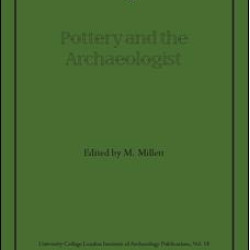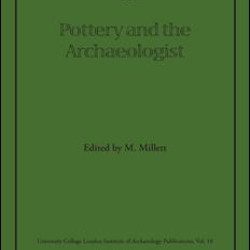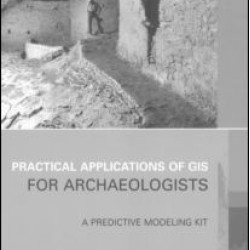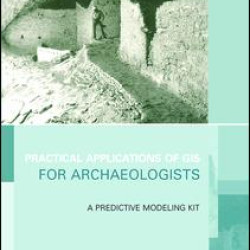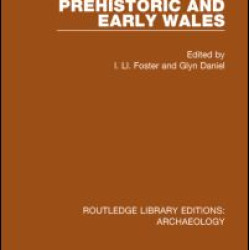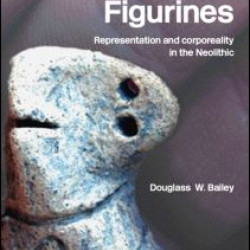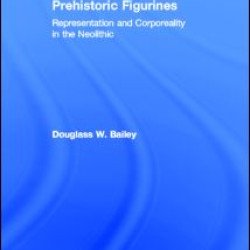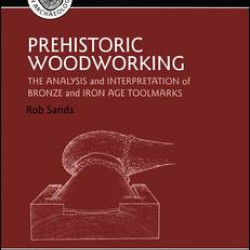Archaeology
Brand: Taylor & Francis
Model: Stock
Collection of research papers concerning ceramic and ceramic analysis for archaeologists...
₹11,016.00 ₹13,770.00
Brand: Taylor & Francis
Model: Stock
Collection of research papers concerning ceramic and ceramic analysis for archaeologists...
₹3,818.14 ₹4,772.68
Brand: Taylor & Francis
Model: Stock
GIS is the most powerful technology introduced to archaeology since the introduction of carbon 14 dating. The most widespread use of this technology has been for the prediction of archaeological site locations. Practical Applications of GIS for Archeologists: A Predictive Modeling Kit focuses on the..
₹4,993.18 ₹6,241.48
Brand: Taylor & Francis
Model: Stock
Focuses on the use of GIS for archaeological predictive modelling. The contributors include researchers at the forefront of this integration of GIS and archaeology, as well as first generation researchers who have begun to critically apply this technology and explore its theoretical implications...
₹11,016.00 ₹13,770.00
Brand: Taylor & Francis
Model: 9780415490269
Prehistoric Britain, now in its second edition, examines the development of human societies in Britain from earliest times to the Roman conquest of AD 43, as revealed by archaeological evidence. Special attention is given to six themes which are traced through prehistory: subsistence, technology, ri..
₹7,711.20 ₹9,639.00
Brand: Taylor & Francis
Model: Stock
This volume provides an elementary and comprehensive synthesis of the new discoveries and the new interpretations of European prehistory...
₹3,083.74 ₹3,854.68
Brand: Taylor & Francis
Model: 9780415331524
Here is a radical new approach to one of the most exciting but poorly understood artefacts from our prehistoric past. Studying their roles and functions in society from past to present day, archaeology students will find this an invaluable asset...
₹2,422.78 ₹3,028.48
Brand: Taylor & Francis
Model: Stock
Here is a radical new approach to one of the most exciting but poorly understood artefacts from our prehistoric past. Studying their roles and functions in society from past to present day, archaeology students will find this an invaluable asset...
₹6,902.62 ₹8,628.28
Brand: Taylor & Francis
Model: Stock
A comprehensive revision of the classic prehistory of the North American high plains...
₹8,812.80 ₹11,016.00
Brand: Taylor & Francis
Model: Stock
Explores the evidence left by the use of axes on wooden beams and tools found in waterlogged archaeological sites dating over 2000 years old...
₹11,016.00 ₹13,770.00
Brand: Taylor & Francis
Model: Stock
Rob Sands explores the evidence left by the use of axes on wooden beams and tools found in waterlogged archaeological sites dating over 2000 years old...
₹3,524.38 ₹4,405.48


